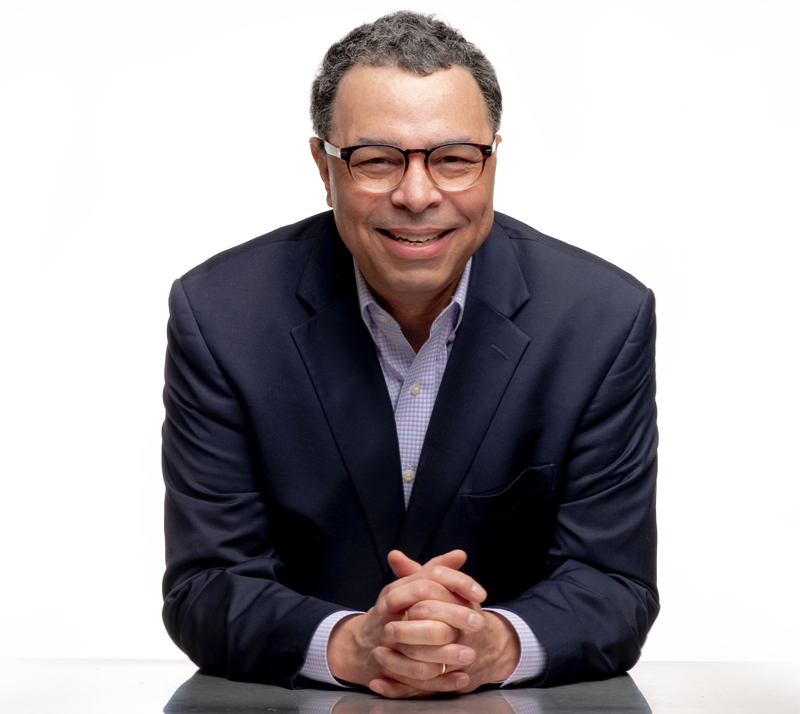(Originally posted 9/19/07 on DigitalMediaCrashCourse.com)
Three weeks ago, most of the major national media ignored the story of six black teenagers charged with attempted second-degree murder of a white classmate. Meanwhile, for nearly a year, black radio and the black press have covered this story on a regular basis.
Now, as an estimated 20,000-plus descend on this rural town of 2,971 residents, media from around the world are camping out. They’re poised for live shots that will take place throughout the day tomorrow – Sept. 20 – a day that will become a benchmark in America’s 21st Century race relations.
It’s a sort of ‘Back to the Future’ day when Rev. Martin Luther King Jr. – if he were alive – would wonder where did he go wrong. How could a country that has come so far still struggle with how to deal with racial tension and animosity? While King won’t be there physically, his son, Martin Luther King III, the Rev. Al Sharpton and the Rev. Jesse L Jackson will be there – with many others.
What’s the big deal about the Jena 6 case? The storyline, the sound bites and the circumstances take this country back 5o years when King led marches to Selma and Montgomery. LaSalle Parish police already have called in additional police enforcement. Just like the old black and white news footage from our not so distant past, you can just see the streets lined with uniformed officers as the mainly young, black faces walk through the tiny town that wishes it had never been discovered.
Since September 2006, the tension has been mounting; all the diatribes have cast an ugly shadow on America: Nooses on a tree; teenagers tried as adults and shackled like slaves; nationally recognized civil rights leaders rallying their loyal bases to hop buses to stand up for their civil rights. ”Come on family,” shouts out talk show host Michael Baisden to his listeners. “This is a Journey to Jena. This is about family standing together as one.” Black radio standing tall as mainstream media focuses on O.J. Simpson, Michael Vick and whether Kanye West or 50 Cent sold more singles.
Tom Joyner, Baisden, Rickey Smiley and Al Sharpton have taken to the radio airwaves to use their platforms and influence to spread the word – to create a forum for blacks to express their points of view because no one seems to be listening. Just like in the Sixties, international press – like the BBC – have trekked to a Deep South town to tell the story about civil injustice from a country that flaunts its self-described moral superiority championing freedom and human in words only.
Is this just a photo op for King III, Sharpton and Jackson? Is this just another media circus because the media have grown bored of the deadly drone of the Iraq War? Is this just a slight pause before the media head to Vegas to see what happens next to O.J.?
The hope is that most media will look at this Jena story as a small part of how blacks and whites view this country so differently. The hope is with a black person running seriously to become president of the United States, the country has shown maturity and sophistication. The hope is that the media – black and mainstream – will shed light on the on-going racial tensions that are happening in the small towns and big cities throughout this country.
Dr. King’s ‘Where Do We Go from Here’ speech in August 1967 said it best, and quite honestly, his words ring true today:
“Where do go from here?”
Now, in order to answer the question, “Where do we go from here?” which is our theme, we must first honestly recognize where we are now. When the Constitution was written, a strange formula to determine taxes and representation declared that the Negro was 60 percent of a person. Today another curious formula seems to declare he is 50 percent of a person. Of the good things in life, the Negro has approximately one half those of whites. Of the bad things of life, he has twice those of whites. Thus half of all Negroes live in substandard housing. And Negroes have half the income of whites. When we view the negative experiences of life, the Negro has a double share. There are twice as many unemployed. The rate of infant mortality among Negroes is double that of whites and there are twice as many Negroes dying in Vietnam as whites in proportion to their size in the population.
In other spheres, the figures are equally alarming. In elementary schools, Negroes lag one to three years behind whites, and their segregated schools receive substantially less money per student than the white schools. One twentieth as many Negroes as whites attend college. Of employed Negroes, 75 percent hold menial jobs.
This is where we are. Where do we go from here? First, we must massively assert our dignity and worth. We must stand up amidst a system that still oppresses us and develop an unassailable and majestic sense of values. We must no longer be ashamed of being black. The job of arousing manhood within a people that have been taught for so many centuries that they are nobody is not easy.




